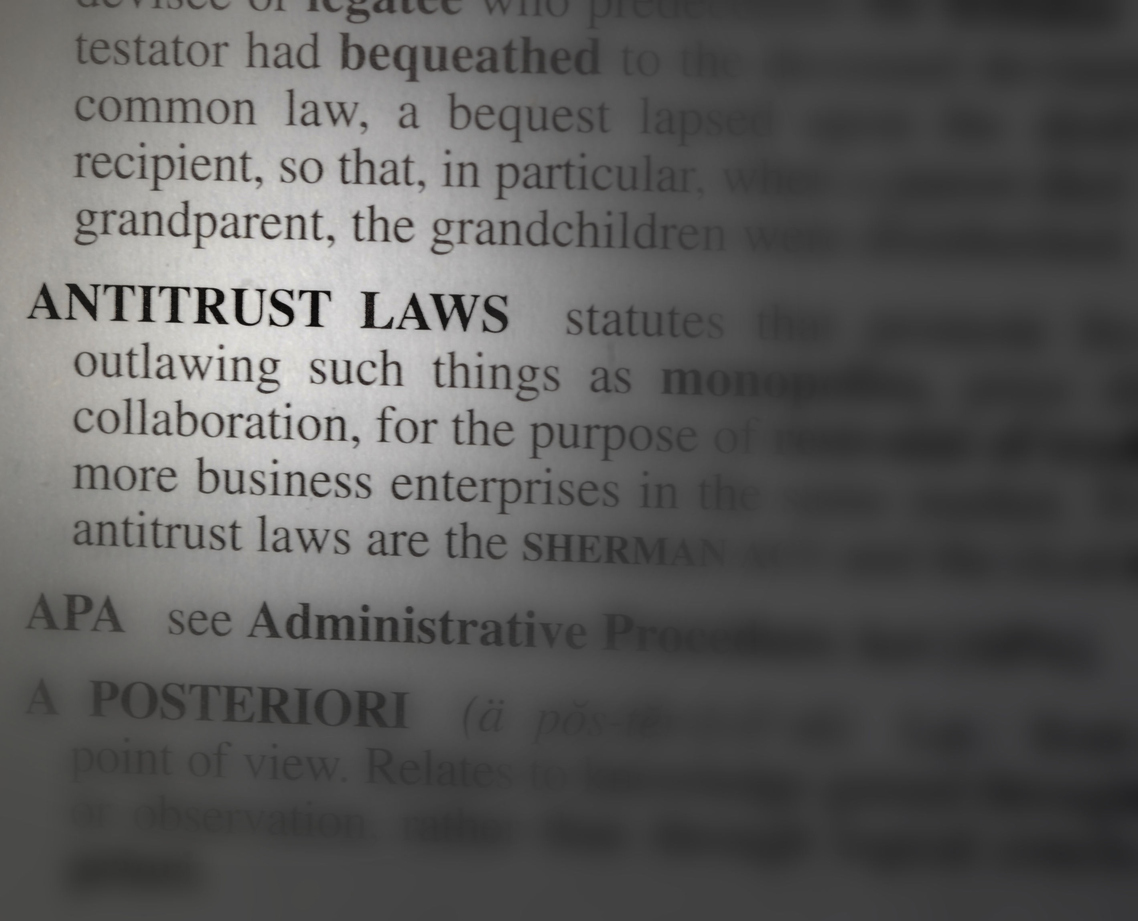In a recent post, Policyholders May Benefit From All Their Coverages, I discussed the importance of carefully evaluating all the insurance benefits potentially available to policyholders if a catastrophic loss occurs. That blog examined the decision in Citizens Property Insurance Corp. v. Hamilton,1 which allowed recovery of benefits for a total loss due to flood and due to wind damage under both a flood and a separate specified-peril wind insurance policy.
The First District Court of Appeal in Florida held that the wind-only insurance carrier, Citizens, was not entitled to set off against benefits available for wind damage under its policy the amount already paid by the flood carrier under the National Flood Insurance Program. The insured was able to recover full policy limits under both policies since the flood policy had determined total loss when the property was classified by the county building department as “substantially damaged.” That classification meant that the structure was damaged beyond 50% of its pre-loss value, and if rebuilt would be required to meet all current buildings code requirements. Since that level of code compliance would be cost prohibitive, the county’s determination essentially required demolition. Citizens was not allowed to inform the jury of the amount of recovery under the flood policy, and the jury was allowed to consider whether wind had substantially damaged the structure to the point of being a total loss before the storm surge. When the jury decided that wind had caused a total loss, the court applied Florida’s Valued Policy Law2 requiring payment for the structure as a total loss.
Multiple Causes of Loss. The Hamilton case dealt with several other issues important to full compensation for policyholders. The Citizens wind-only policy excluded payment for damage caused by flood, and used “anti-concurrent cause” language (“ACC”) as part of its exclusion. The ACC language denied “coverage for a loss caused directly or indirectly by an excluded peril.”3 Citizens argued on appeal that the policy’s use of ACC language should have required the trial court to instruct the jury that the policyholder had the burden to prove that wind was the sole cause of the losses claimed to the Hamilton’s home. The court of appeals decided that the jury had been adequately instructed when the trial court instructed: “(1) that appellees shouldered the burden to prove losses ‘sustained … as a result of wind’ and (2) that Citizens would not be liable for ‘loss caused by excluded perils such as water damage. . . .’”4 The Hamilton’s met this burden through testimony from their engineering expert:
[T]he majority of the damage was caused by the high winds and the storm surge just washed away what was left of the house. The house would have been substantially damaged well before the storm surge would have washed away the debris or toppled over what was left if it hadn’t been toppled over already.
Although Citizens presented opposing opinions from its expert, the jury accepted the opinions of the policyholder’s forensic expert to find in their favor. As a result, the Hamilton’s received full benefits under their wind policy.
The Hamilton case is not new, but its holdings show the value of capable legal representation. The recent catastrophic hurricanes in Florida, the Caribbean, and Texas present similar challenges for policyholder advocates. Insurance policies need to be carefully analyzed and carrier arguments attempting to apply exclusions broadly to limit coverage benefits must be applied narrowly, as normal rules of policy interpretation hold. Policyholder advocates need to be aware of all the state laws that may operate in unison to secure insurance benefits for policyholders, supplementing the insurance policy like the collateral source rule of evidence, local building codes that apply when replacement cost benefits are triggered, and the Valued Policy Law used in Hamilton. Florida law has relatively robust protections for policyholders, but other states may have similar protections that capable legal counsel can use to turn an insurance policy into the asset—as it is meant to be—when a catastrophic risk strikes.
__________________
1 Citizens Property Ins. Corp. v. Hamilton, 43 So.3d 746, 751-52 (Fla. 1st DCA 2010).
2 Fla. Stat. 627.702.
3 In December 2016, the Florida Supreme Court resolved disagreement between the state’s Third and Second District Courts of Appeals by its decision in Sebo v. American Home Assurance Co., Inc., 208 So.3d 694 (Fla. 2016). The Sebo decision determined that where a sole cause of a loss is not undisputed, Florida courts will follow the doctrine of concurrent causation in applying policy exclusions, where if one of several concurrent causes of loss is covered, and another excluded, the policy will cover the loss. In most property insurance policies, two classes of excluded causes of loss are stated, with only one group using anti-concurrent cause language that would prevent application of the concurrent cause doctrine. Common exclusions such as for damage caused by “wear and tear,” “defective construction” and so on generally are grouped in the class of exclusions that are not preceded by anti-concurrent cause language.
4 Hamilton, 43 So.2d at p. 754.



